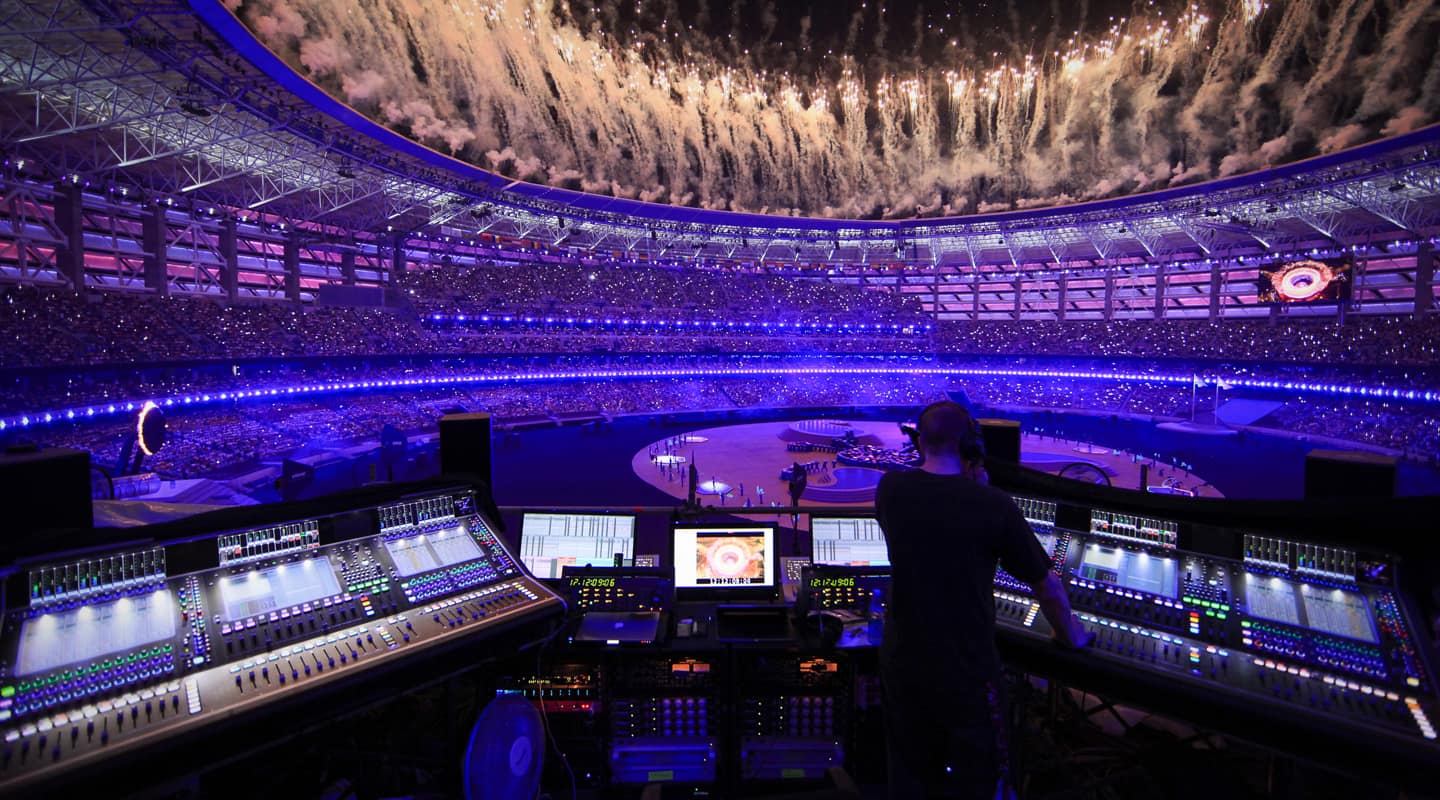
Ahead of The Games
Large scale games ceremonies require a large-scale Australian tech contingent.
Text:/ Jen Temm
Images:/ Auditoria
The inaugural European Games in June barely registered on the sporting calendar in this part of the world but Australia had a podium position in production, with a solid contingent flying in to Baku to join the 350 staff and 1000 crew drawn from 28 countries to run the services behind the scenes. Figuring highly behind the scenes were Australia companies, Auditoria, Artists in Motion and The P.A. People.
No expense was spared on the spectacle, which drew close to 6000 athletes from 50 European countries. The official, and arguably conservative, cost to the oil-rich host country Azerbaijan was close to A$1.5 billion, with many of the 18 sports venues purpose-built, including the Olympic Stadium used for the opening and closing ceremonies. The two-hour opener alone cost A$95 million, putting it well on par with Olympic Games ceremonies.
Audio director for the extravagant opening and closing ceremonies was Auditoria’s Scott Willsallen, no stranger to the world’s biggest sports events with multiple Olympic and Commonwealth Games Ceremonies design and direction credits since 2003. Scott spent two and a half months in the Azerbaijani capital on the project, bringing with him the same team from the Winter Olympics last year in Sochi: systems engineer Justin Arthur, relay operators Steve Logan and Luis Miranda, FOH engineer Richard Sharratt, and broadcast mix engineers Andy Rose, Griff Hewis.
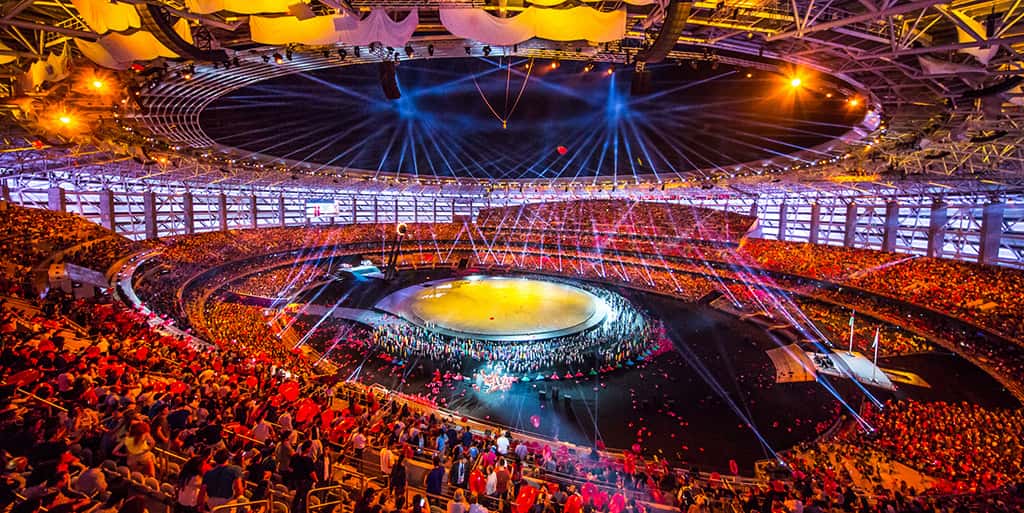
WELL GROUNDED
Like Sochi, L-Acoustics K2 loudspeakers and SB28 subs dominated the truckloads of audio gear from suppler Agora in Italy. But getting the coverage needed for a 68,000-capacity, 65m-high, six-storey stadium primarily from the ground took some design nous.
“Don’t underestimate a ground stack!” Scott told us on his recent return home. “In London we put 220 V-DOSC up the air, Sochi we put 150-odd K2 in the air. This time around we didn’t have that luxury – the structure of the stadium didn’t really allow for it and the available live load in the roof was all used up with lighting fixtures, so probably three-quarters of the audience was covered from ground stacks.
“Obviously with a ground stack into a stadium the vertical envelope you try and cover is actually pretty narrow, so one degree makes a significantly bigger difference than a one degree difference makes in a flown situation. We had about four tuning sessions, playing with angles, just to determine which was the most appropriate angle set.”
DRY ORCHESTRAL
A key part of Scott’s role was working with the music team on the content, to ensure it worked for both the stadium and for broadcast on the official YouTube channel of the games. Program material for the opening and closing ceremonies was primarily replay, with some live content including a live performance of John Lennon’s Imagine by Lady Gaga.
“We spent a lot of time with the music team educating them in how things sound in a big stadium environment, in making sure that what we’re creating and how we’re capturing it in the studio will work to deliver us the right sound we need in the stadium and for broadcast,” Scott said.
Ensuring clarity in the massive venue also required an unconventional approach: “Stadiums aren’t exactly the most anechoic environment around. So to replay orchestral music you need more than a Decca tree recording, you need close-miked ‘stems’ of orchestral sections that are then combined with the room mics to fatten the sound out if needed or strip it back to the dry recordings for maximum clarity. That flexibility meant the stems we used for broadcast were a completely different set of stems to the ones we used live in the house – the ones we used in the house were much drier; much more isolated to each instrument.”
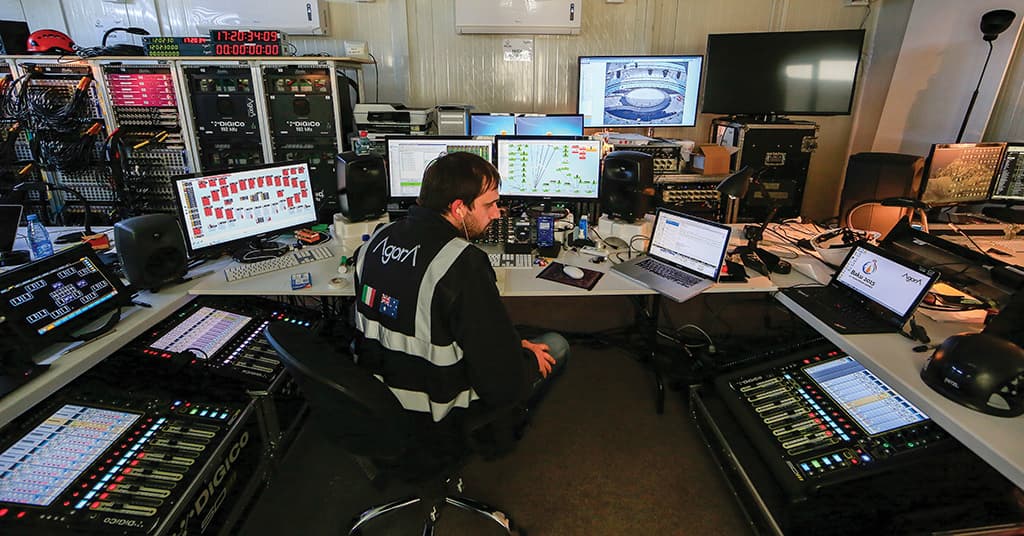
AV OPTIONS
Creative agency Artists In Motion provided the audiovisual content for the ceremonies. Like Auditoria, the Sydney-based team had plenty of experience with Olympic-scale events but head of creative Richard Lindsay said these games were one of their toughest gigs, and the most significant: “It was the first of its kind, the first European Games, and we realised the importance of what it meant to Baku and Azerbaijan.”
AIM was initially engaged for the opening ceremony, with another 45 minutes of content added for the closer some nine days before delivery. The team began working on previsuals with opening ceremony artistic director Dimitris Papaioannou and show producer FiveCurrents at the beginning of the year – this had to be approved by Azerbaijan president Ilham Aliyev and first lady Mehriban Aliyeva, and became the blueprint for the show.
“You will never find a brief written down, it was basically a relationship between Dimitris and myself,” Richard said. “We did it all verbally and we would go away and interpret the ideas he had. He’s an interesting guy to work with – he doesn’t like to restrict himself to one option, so we ended up doing a lot of options which we wouldn’t normally do, especially given the little amount of time that we had. We never stopped trying different things until there was no more time left, literally – even the day of the ceremony there were a couple of minor changes.”
“”
we launched the whole stadium into a spiral pattern with everything colliding, using the screens … much like the Hadron collider
STITCHED UP
But with few large projection surfaces and built-in systems (that weren’t designed for large shows or to work together), it was a technical challenge as well: “We didn’t have a lot of big single image areas, it was a lot of components that we had to stitch together to make work. We had to provide different effects and images throughout the whole show so that was interesting because all of this stuff had been installed and nobody actually knew how to use the systems, so there was a whole learning curve as you can imagine.”
The level of ambient light meant projectors weren’t an option, so the team put together existing stadium screens, LED boards and flooring, a LED ring running around the stadium interior, and LED pillows cladding the outside of the stadium along with lasers and costume LEDs on the performers to deliver hours of cohesive content.
“We had to do a certain amount of testing that we could then use as our benchmark for each of these different mediums, to understand how they’d all work together, using systems built into the stadium that were not designed to use in show mode, to be cued timecode-wise with all the other different mediums. Technically it was a tough one, to get it all to work at the same time.”
MEDIUMS COLLIDE
One of the highlights for AIM was the ‘welcome and good luck’ video message to the athletes from CERN, the European Organisation for Nuclear Research and the home of the Large Hadron Collider in Switzerland.
“We produced this video that welcomed the athletes and explained what CERN is to the audience and then we launched the whole stadium into a spiral pattern with everything colliding, using the screens outside of the stadium, the inside screens, the field of play with some laser – we created a feeling that the whole stadium was winding up and getting faster and faster, much like the Hadron collider would do. It was almost a strobe effect in the end as it got faster, and that launched into a pyro display as well,” Richard said.
“That routine set the tone for the rest of the ceremony: it combined a lot of different mediums, it was a short and powerful moment, and being purely digitally based, it had no cast. That was a unique part of the show for us.”
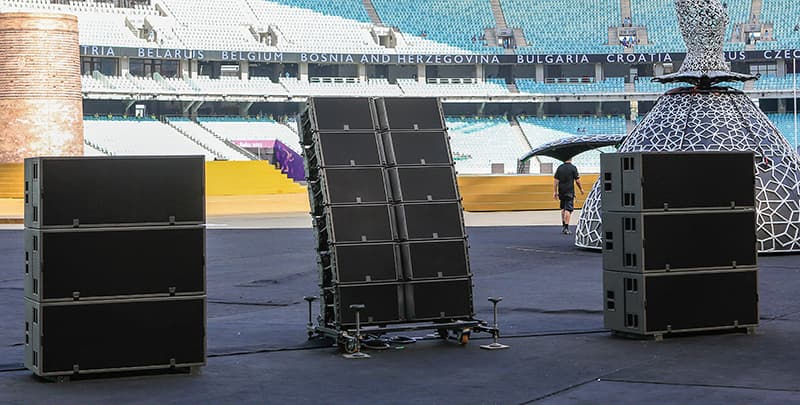

BAKU COMMS
The P.A. People won the contract to provide ceremonies comms, deploying three 40-foot containers worth of two-way radios, intercom and CCTV, and technical services with 22 crew. “The scale of the project was pretty remarkable,” said Chris Dodds, managing director of The P.A. People. “In many ways it was a bigger undertaking than Sochi. The other particularly notable aspect of the project was the use of the Clear-Com FreeSpeak II [DECT-based wireless communications] system to cater to the moving stage. The production crew did not include full duplex on the original specification, but as the artistic component of the event developed – and after we had been appointed as contractor – it was determined that a full duplex solution would constitute a significant advantage for the ceremonies.”
Ultimately, the call was for a capacity of 80-plus packs to be put in place. With 50 or so packs generally constituting the maximum for a single-location FreeSpeak II deployment, The P.A. People designed a configuration “using two systems in two different frequency bands, and with the support of the Azerbaijani authorities we were able to operate one system in one local license band and the other outside of that. With the two systems co-located, we could achieve the desired 80 packs in one physical RF space to the satisfaction of all. It was a great achievement,” Chris said.
Ted Wells, Senior Lighting Designer for Full Flood, concurs: “The Comms system was phenomenal. We had 26 positions for follow-spots around the stadium and had no problems understanding or communicating; no static, no buzz. For us, this is the difference between a good show and a great show.”
Other elements of the moving stage comms specification included an Eclipse HX Median digital matrix platform, nine HelixNet master stations and 70 HelixNet beltpacks. Comms for general main stadium use included two Eclipse HX-Omega digital matrix systems and more than 200 IP-enabled intercom panels. Additional Clear-Com V-Series intercom panels were also used in the rehearsal tent and remote cauldron areas.

GAMES STATS
2,000+ lighting fixtures
12,000+ ear pieces and 180,000+ recycled batteries used by cast and crew
250m of aerial lines across the stadium with 7.5 t capacity
110km power cables and12MW of generator power
800 speakers and 25km of cabling for the sound system
500+ truck loads of freight and 100 tons of airfreight from 20 countries
20.5 million man hours spent building the stadium
450sqm of LED floor tiles used on three stages
10,000 pyrotechnics
OPENING CEREMONY
Artistic Director: Dimitris Panaionnou
Music Directors: Teodor Currentzis, Vangelino Currentzis
Production Designers: Thanassis Demiris, Eva Manidaki
Senior Technical Director: Nick Eltis
Audio Designer: Scott Willsallen
Lighting Designer: Robert Dickinson
Pyrotechnic Designer: Eric Tucker
CLOSING CEREMONY
Artistic Director: James Hadley
Creative Director: Libby Hyland
Music Director: Christian Steinhauser
Production Designer: Josh Zangen
Senior Technical Director: Nick Eltis
Audio Designer: Scott Willsallen
Lighting Designer: Robert Dickinson
Pyrotechnic Designer: Eric Tucker
MORE INFORMATION:
Auditoria: www.auditoria.systems
Artists in Motion: www.artistsinmotion.co
The P.A. People: www.papeople.com.au
FiveCurrents (Ceremony Production): fivecurrents.com
Agora (Audio Equipment Supplier): www.agoraaq.it
Production Resource Group (Lighting Supplier): www.prg.com
Creative Technology (AV Equipment Supplier): www.ct-group.com
Full Flood (Lighting Design): www.fullflood.com
Baku 2015 European Games: www.baku2015.com




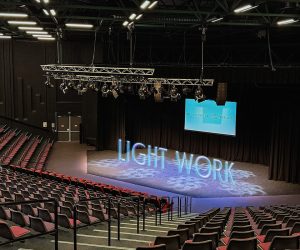

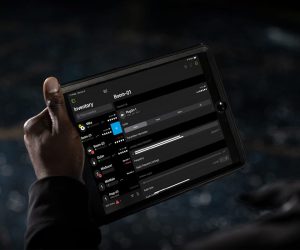








RESPONSES